What Is Off-Page SEO: 5 Techniques [Most Powerful]
![Off-Page SEO: Importance & Five Techniques [Must Follows]](https://rankegg.com/wp-content/uploads/2025/06/What-Is-Off-Page-SEO-1-1-1024x458.png)
Google’s most important ranking algorithm comes from Off-page SEO. The entire SEO power depends on it. Off-page SEO is about things you do outside your website to make it rank higher in search results. It helps people and search engines see your site as reliable and trustworthy. This means getting other websites to link to […]
NLP In SEO: 6 Key Concepts & 5 Strategies [To Optimize]
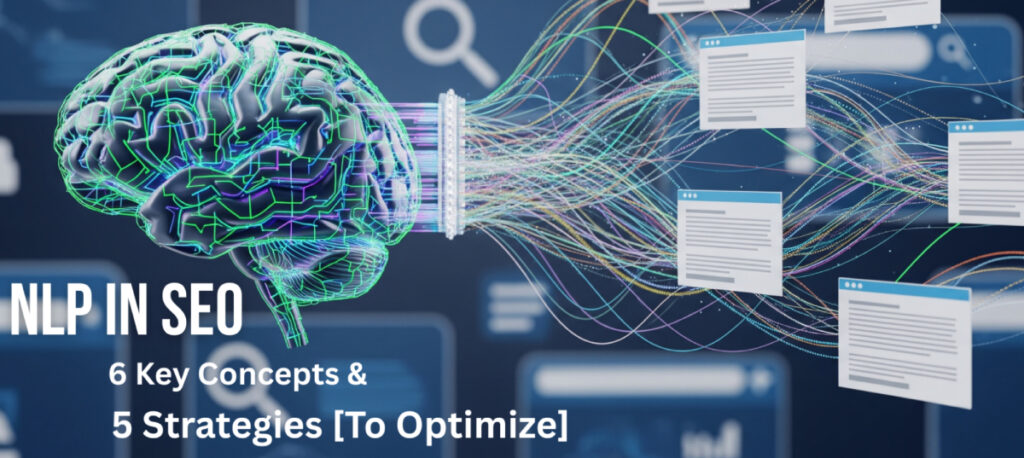
AI is used in SEO to analyze and interpret human language to understand the true intent behind search queries. It allows for the creation of content that is closely aligned with users’ needs. By incorporating NLP and people-first content, search engine optimization strategies can deliver more accurate outcomes. NLP in SEO uses natural language processing […]
How to Build Local Citations: 4 DIY Steps [To Rank on Top]
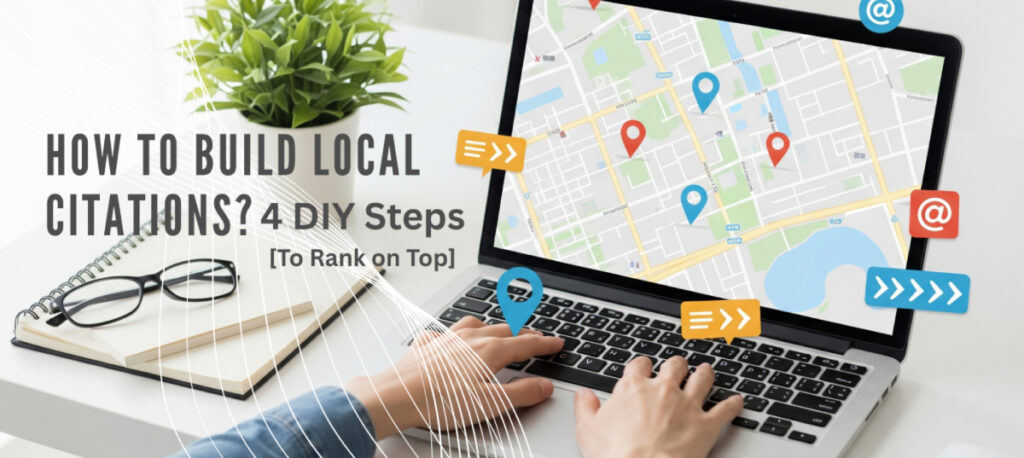
A local citation mentions a business’s name, address, and phone number online. They boost a company’s search engine rankings and visibility locally. Citations to various platforms must be accurate and consistent. You should create a list of local citations based on your industry and focus on quality over quantity when working on local citations. Your […]
How to Optimize Your Google My Business Listing: 14 Ways [WHY Important]
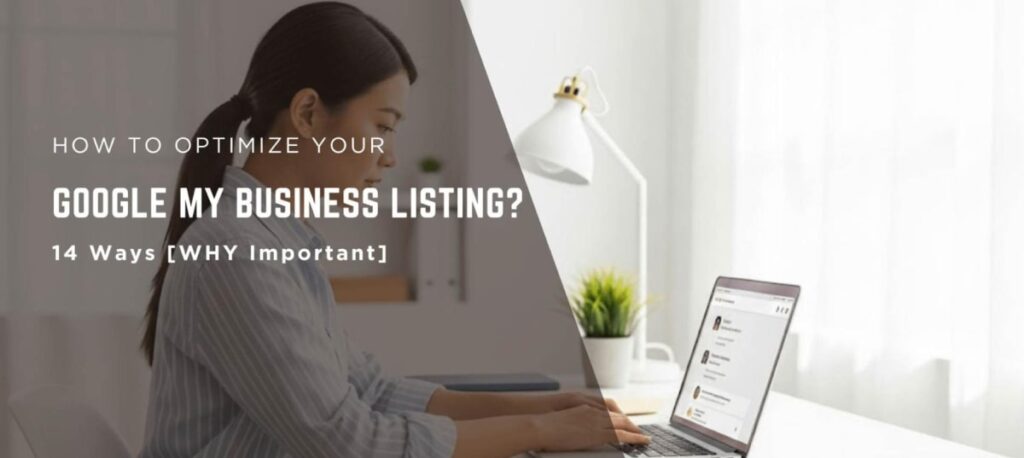
A Google My Business listing is a centralized hub for your contact details on Google. It is essential to have one because it connects you with thousands of potential local customers searching for services like yours. Without it, you could miss significant business opportunities. You should complete every section of your Google My Business listing […]
How to Get More Google Reviews: 11 Ways [To Follow]
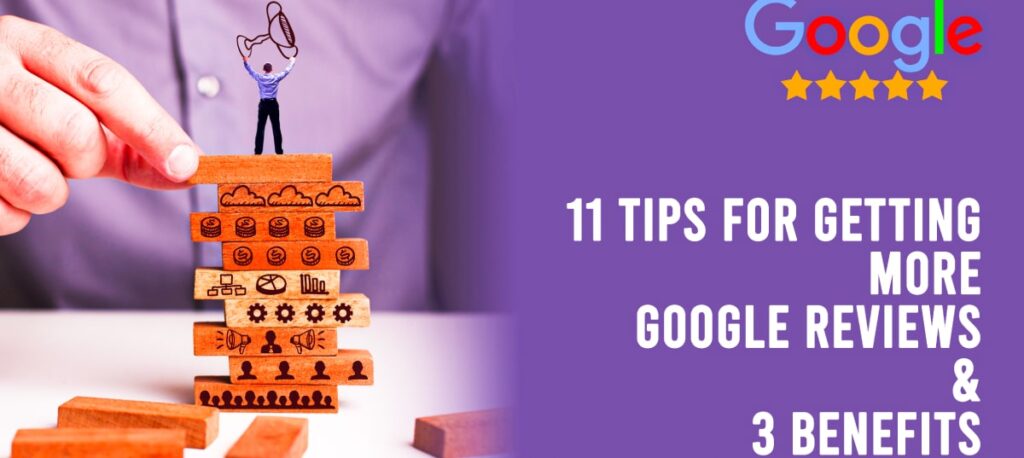
The number of Google reviews is one of the most natural signals for a business to be trusted and popular. It is also the most natural CTR booster. Boost Google reviews by optimizing your Google Business profile, delivering outstanding customer service, sharing a direct review link, implementing QR codes for easy access, and confidently requesting […]
Yelp Vs Google: What’s Better [17 Factors Covered]

You want to know if a place, product, service, or brand has excellent reviews. How do you find them? Do you use Google or Yelp? Both platforms enhance brands’ online presence. Google is a better choice because it connects well with Maps and Search, making it easy to find reviews and important information. If you […]
What Are UGC Links: Complete Guide [For Safe SEO]
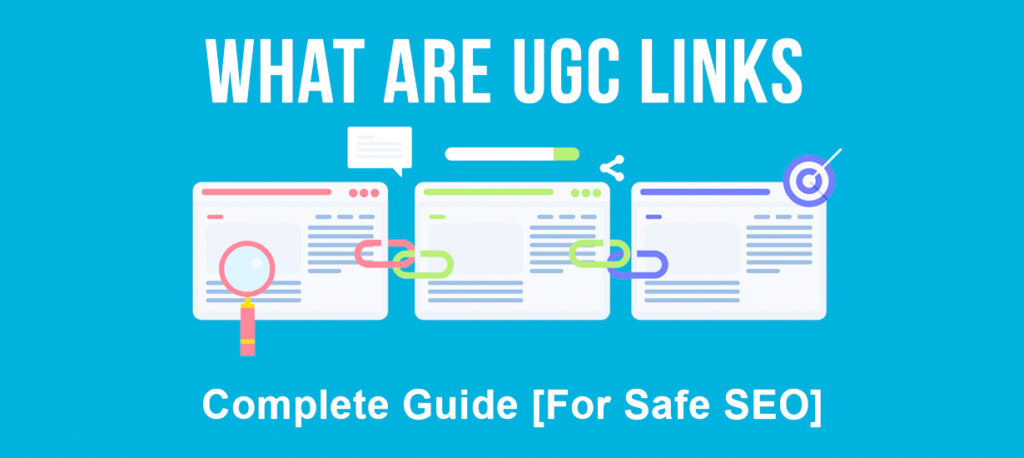
At some point, the number of high DA referring domain backlinks can get expensive, and you might face a few questions from the authorities due to the number of unique referring domain backlinks. UGC links, marked with rel=”ugc,” show content added by users, like blog comments. They highlight user-generated content instead of owner-created content, adding […]
How to Use Google Search Like a Pro: 9 Tricks [Effective]
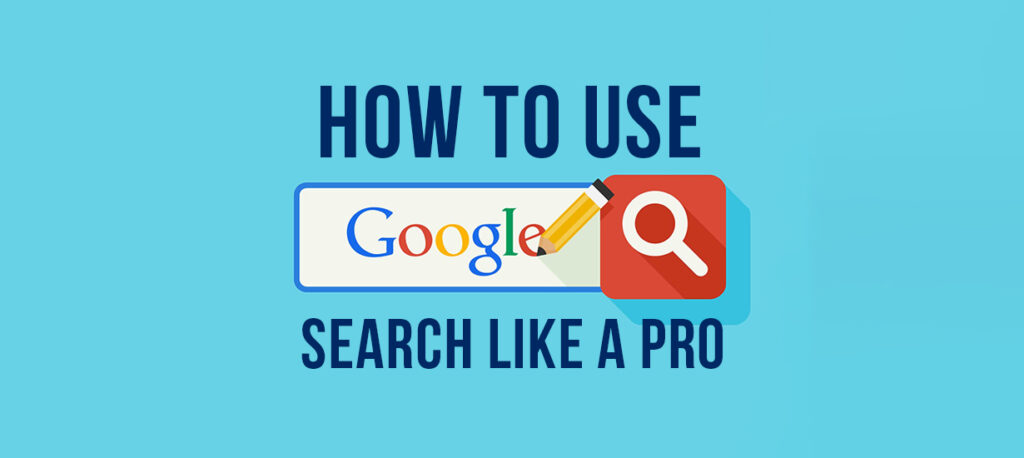
Master Google Search using quotation marks for exact phrases, like “climate change impact.” Exclude irrelevant terms with a minus sign, such as jaguar-car, for animal-related results. Utilize the site: operator to search within specific websites, and use the asterisk (*) as a wildcard for unknown words. You can find similar sites using the related operator […]
Types Of Keywords: 21 Categories & Why It Is Important?
![Types Of Keywords: 21 Categories & Usage [For Success]](https://rankegg.com/wp-content/uploads/2024/10/feature-image-type-21-1024x458.jpg)
The search engine is where people can ask any query for which they need a solution. Each queries are known as a keyword. Keyword types can be short-tail, long-tail, geo-targeted, and many more. Mastering these attracts the right audience, boosts SEO, and enhances ad performance. Regular research and adaptation to trends ensure ongoing digital success. […]
How to Check Website Accessibility: 5 Steps [Full DIY]
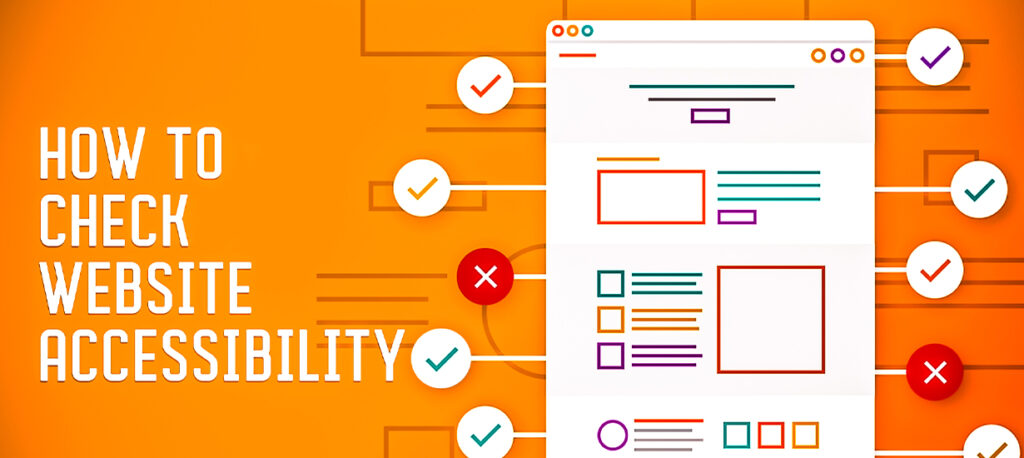
A website’s accessibility ensures that it is usable by anyone with a disability, regardless of their ability. It is an important part of the user experience, and designing and developing accessibly is essential. You can check website accessibility using online tools such as WAVE or Axe. You should also manually test your site using a […]

